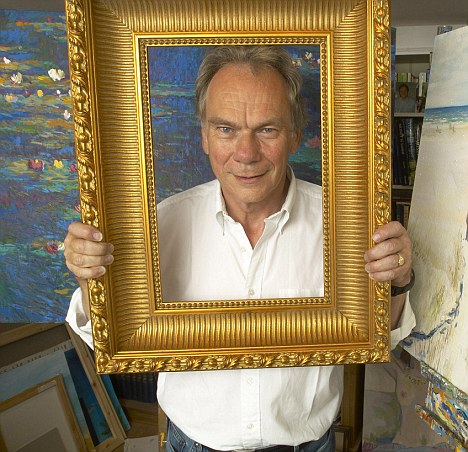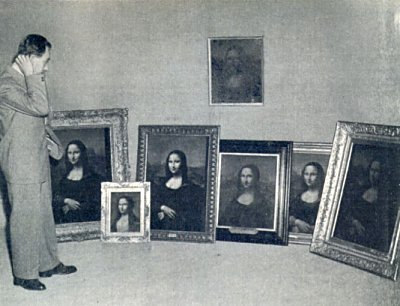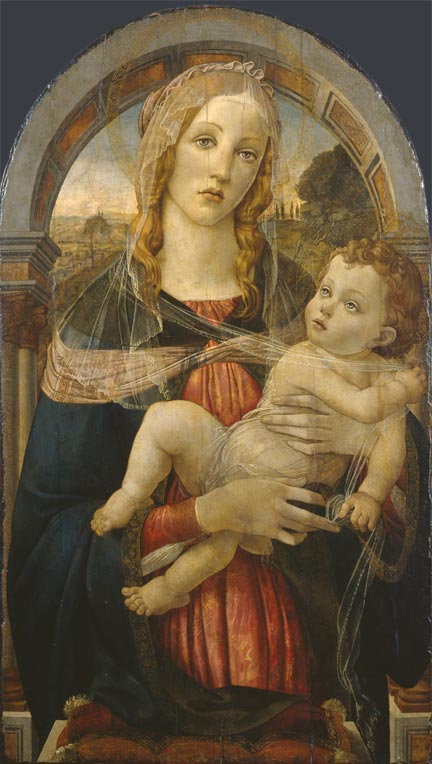On 25 Dec, 2010 With
Kenneth Andrew Walton (born November 23, 1967) is an American software developer and author of the memoir Fake: Forgery, Lies, & eBay, which details his time spent selling forged art on the online auction site eBay. He currently lives with his wife in San Francisco, California. In 1999 and 2000 Walton was working as an attorney in Sacramento, California, and selling art on eBay, using more than 40 online aliases to drive up bidding on hundreds of his paintings. In May 2000 he posted an auction on eBay for an oil painting that attracted a closing bid of $135,805 and which bidders speculated might be a work by Richard Diebenkorn due to its resemblance to the artist’s work, the existence of the monogram “RD52” on the…
Read More
On 20 Dec, 2010 With
John Myatt, (born 1945), is a British artist and convicted forger who, with John Drewe, perpetrated what has been described as “the biggest art fraud of the 20th century”. Early life The son of a farmer, Myatt attended art school, and discovered a talent for mimicking other artists’ styles, but at first only painted for amusement and for friends. He worked as a songwriter for a time, and wrote the single “Silly Games”, a UK Top 40 hit for Janet Kay in 1979. He later worked as a teacher in Staffordshire. Painting When his wife left him in 1985, Myatt gave up teaching to spend more time with his children, and attempted to make a living by painting original works in the style of well known artists….
Read More
On 9 Nov, 2010 With
Confronting the Issue of Fake Art (original version of a story I wrote for Mumbai Mirror, which was cut down to 400 words, but I will complain about that some other day) Buyer Beware How to avoid becoming a victim of art fraud by Amitabh Nanda The next time you’re approached about a fantastic investment in an Indian work of art, BEWARE, because it is more than possible that you are buying a fake. According to an alarming estimate made by Thomas Hoving, former director of the Metropolitan Museum of Art, up to 40% of all the works in circulation globally are really forgeries, and in the last few years, a massive number of fakes have seeped into the local art…
Read More
On 27 Sep, 2010 With
Genuine fakes by Ben East Fakes and forgeries were once the embarrassment of the art world. No august gallery, no famous auction house is entirely free from the stain of a costly error of provenance. It was ever thus: one of the first acquisitions by the National Gallery in London was proudly unveiled in 1847 as a major painting by the 16th-century artist Hans Holbein. It was, they said, a purchase of “national significance”. But within weeks, doubt was cast on its authenticity, the attribution to Holbein was scrubbed and the gallery’s first director, Sir Charles Lock, resigned. Two centuries on, you’d forgive Lock a wry smile. Duped galleries and experts can now feel reassured that even if they do…
Read More




